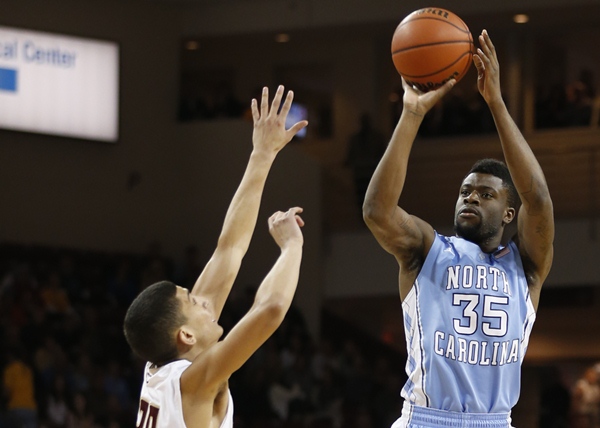
Both come from pasts filled with trouble and temptation. Both were burgeoning college basketball stars. Both irritated their coach after last season, but for far different reasons.
Let’s start with Reggie Bullock, the third banana in the freshman class of 2011, due to Harrison Barnes’ star power, Kendall Marshall’s creativity with the ball and Bullock’s bum knee that hampered his shooting and required post-season surgery.
Bullock became a star as a sophomore when he took over as Carolina’s top lockdown defender after Dexter Strickland went down with his own knee injury. It was the first time the 6-7 long-armed gunner became known as more than a shooter.
Fatherless for his entire life on the mean streets of Kinston, North Carolina, Bullock honed his shot at the Holloway Rec Center, where he went to stay out of that trouble and away from that temptation. He had mentors like gym manager Skeet Davis and rec coach Derrick Sheffield, but there wasn’t always a game going on so Bullock shot and shot and shot by himself or with a rebounder who fed him the ball.
Although Cedric “Cornbread” Maxwell and Charles Shackleford also came from Kinston, Bullock’s hero and distant cousin was Jerry Stackhouse who was not from a broken family, helped his homies from an early age and always came back while at UNC and in the NBA. Bullock and a lot of kids from Kinston wanted to be just like Jerry, who is winding up an 18-year pro career as one of the most respected players in the NBA.
Bullock lived with his grandmother, a minister, until she died his junior year in high school, when he moved in with Kinston High School Coach Wells Gulledge. His mother was in town, but tending to his two younger half-sisters. By then he was used to finishing his homework and cleaning his room before he went out to play, and because he was a budding basketball star was “left alone” by the gangs and drug dealers he knew and passed by every day.
He made his family and friends proud at Carolina games, leaving them tickets behind the Tar Heel bench while becoming a reliable rebounder and outstanding guard on both ends of the floor. Over the last month of his junior season, Bullock was one of the five best all-around players in the ACC. He made second team all-conference, was a lock for first team as a senior and perhaps the leading candidate for ACC Player of the Year.
After avoiding the question for most of the season, Bullock surprised many fans and his own coach by entering the NBA draft. He was not projected as a definite first-round pick, which makes a big difference, and Roy Williams told Bullock the bold truth. Drafted in the second round by a team he could not make, he might be relegated to playing in Europe far away from home and for far less money he would be assured as a first-rounder after his expected stellar senior season.
Williams, who has happily sent more than a dozen underclassmen into the NBA lottery during his 25-year coaching career, did his homework with pro coaches, GMs and scouts. He told Bullock it was a risky proposition, gambling with his future like that.
P.J. Hairston and junior fellow Tar Heel sophomore James Michael McAdoo disdained the draft and watched Bullock move up on the mock boards after having outstanding performances and interviews at the pre-draft camps and team workouts. And they celebrated with the rest of Tar Heel Nation when the LA Clippers made Bullock the 25th pick in the first-round. Despite a roster with other outside shooters like J.J. Redick and free agents like Scott Wood, Bullock is guaranteed $3 million if he never plays a minute for the Clips (which, of course, is unlikely).

Meanwhile, Hairston wasn’t as lucky with his choices after the season. The leading scorer and long bomber for the Tar Heels in 2013 was invited to the USA Team tryouts for the World Games, but injured his back and came home to rehab. Before then, Hairston went joy-riding with a couple of friends in a car rented by a convicted felon and, after being stopped by Durham police, was charged with possession of marijuana and a handgun with ammunition nearby. The felonious man involved has turned out to have some ties with UNC athletes, none of them very good.
Williams, who has had two other players arrested during his coaching career — at Kansas for circumstantial charges that were eventually dropped — could not remember being any madder. As the story has unfolded, Hairston’s future at UNC fell more into the hands of university policy than an internal disciplinary problem for the basketball program. Chances increased that Hairston will never suit up again for the Tar Heels, at the least not during the 2013-2014 season.
People who know Hairston say he straddled the line between loyalty to his old friends from the ‘hood in Greensboro and what is expected from a UNC player, a conflicting lifestyle that has landed one pro football star in jail charged with murder in a far more serious and highly publicized case. For the once wealthy and talented Aaron Hernandez, his actions are more a matter of disbelief than merely bad choices. Hairston’s plight seems far less hopeless.
Hairston faced the same trouble and temptation as Bullock but could not and did not walk away, protected by the cocoon of Carolina basketball. Now, what was feared to be the wrong decision by one and hailed as the right decision by the other have flip-flopped, and the kid who took the biggest gamble with his career came out the clear winner. Bullock will be in the NBA next season. Hairston faces a long and winding road to get back on any organized court.


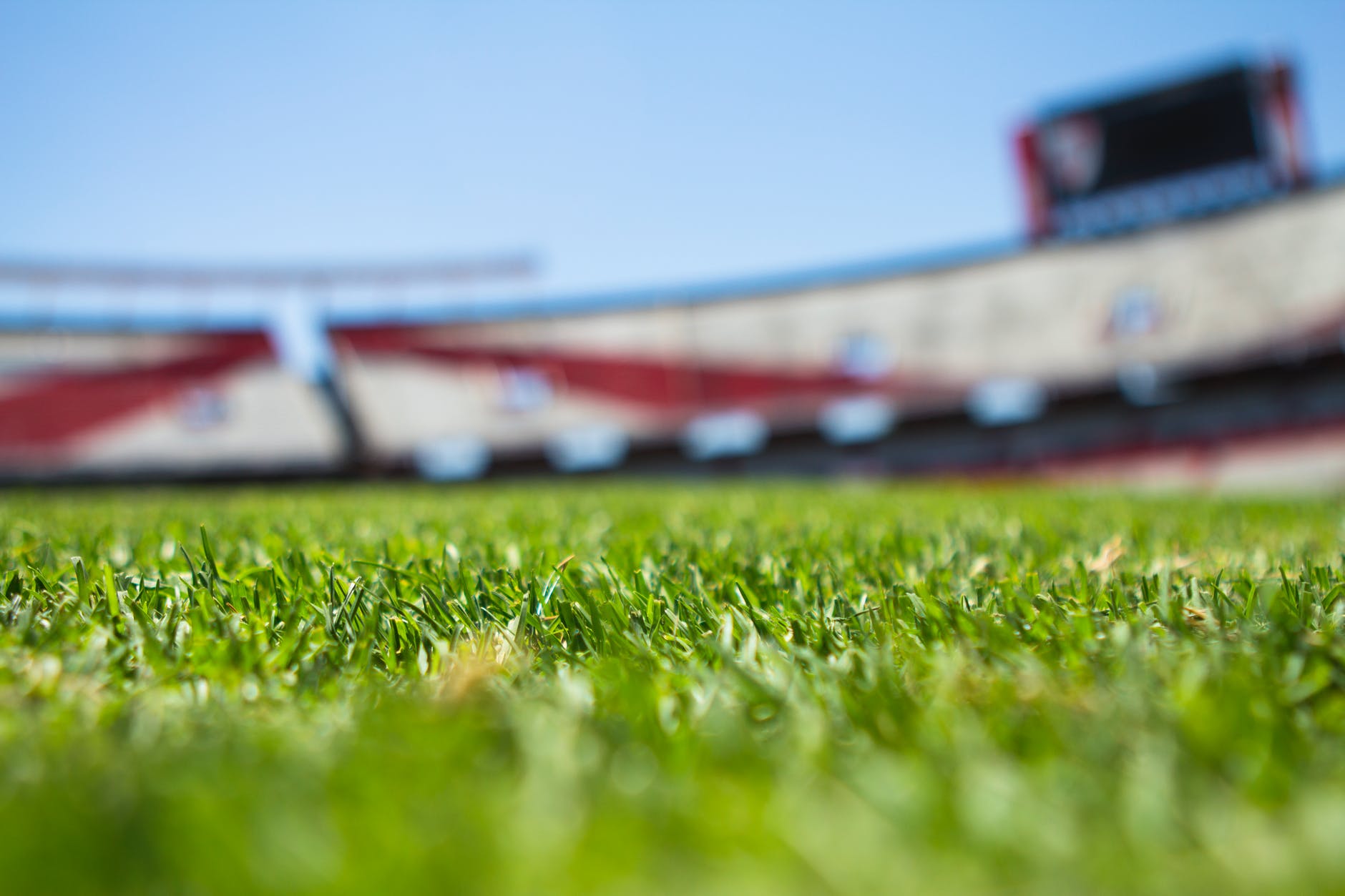
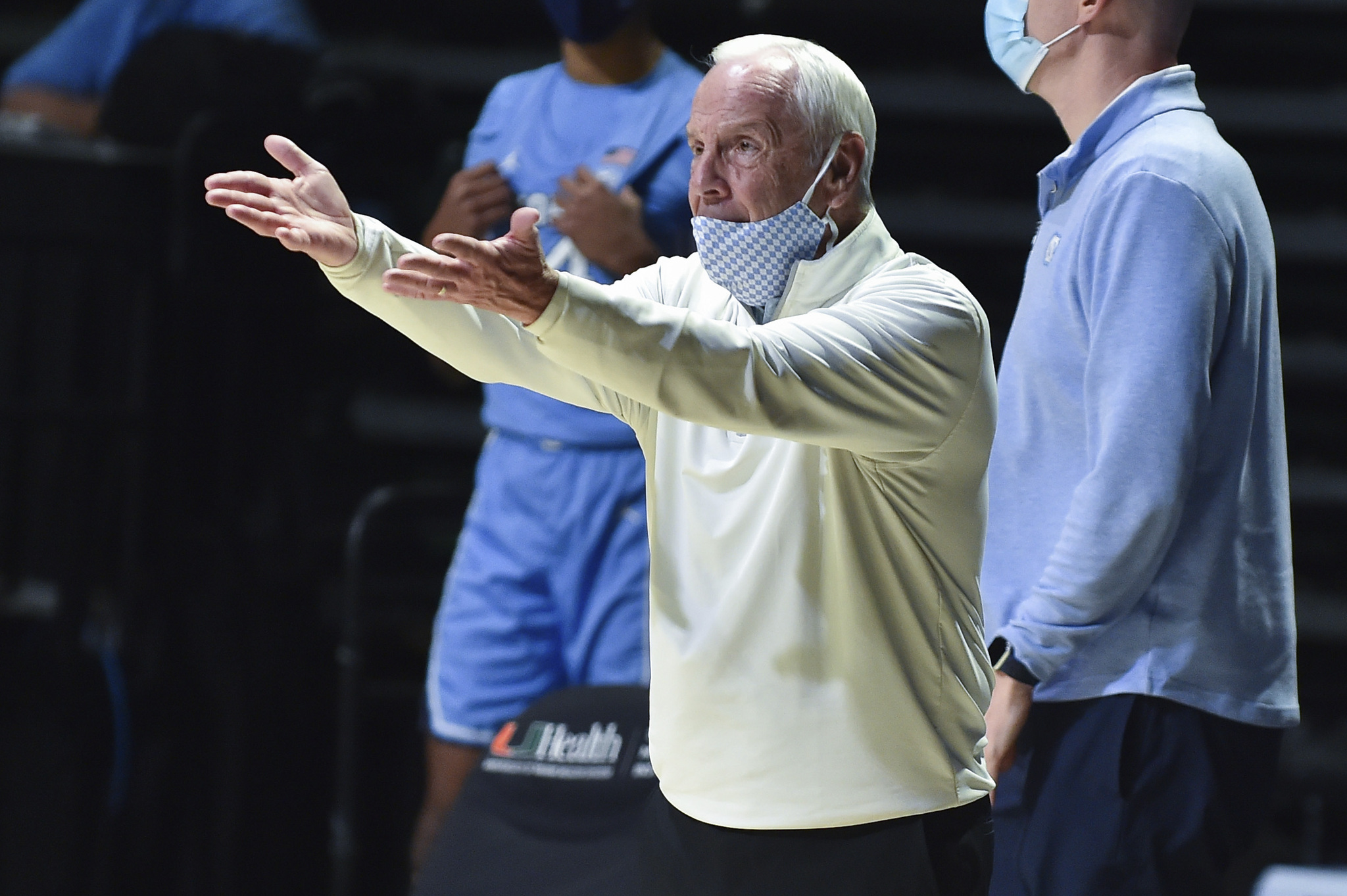
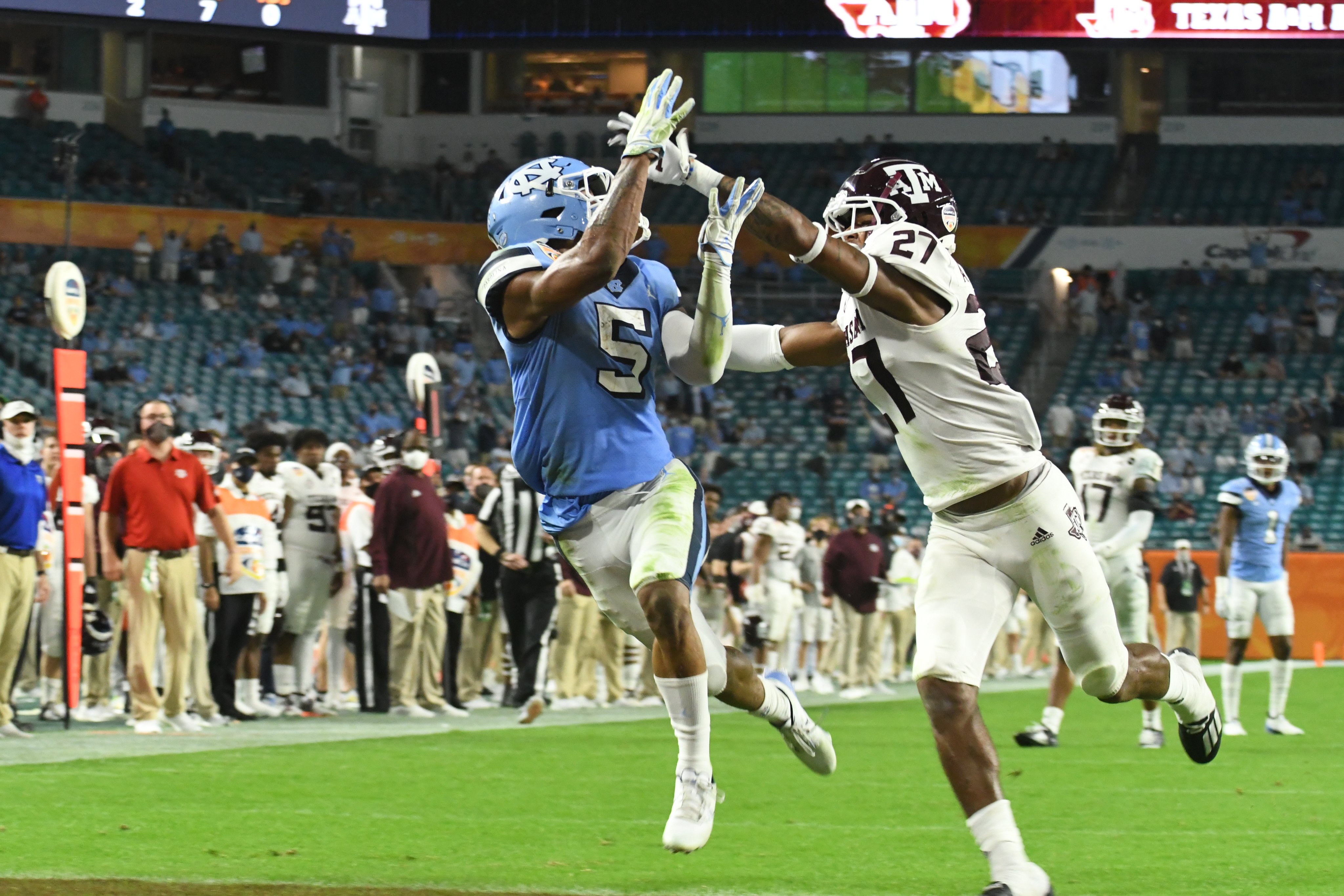



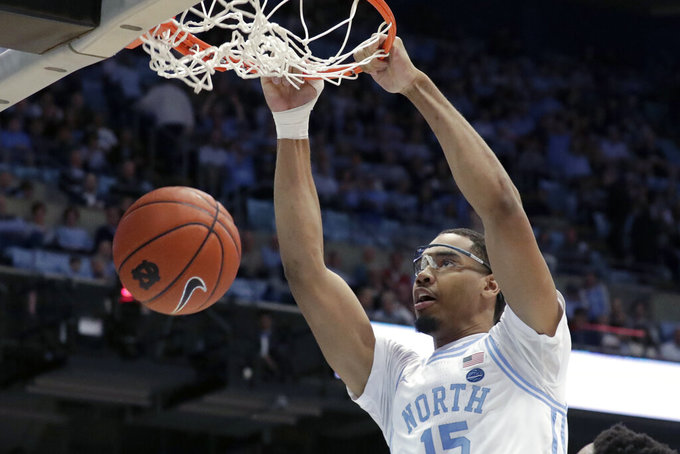


Did you just compare riding in a car with marijuana to murdering someone?
Of course not. Read the story again.The comparison is the the push-pull of a celebrity’s lifestyle.